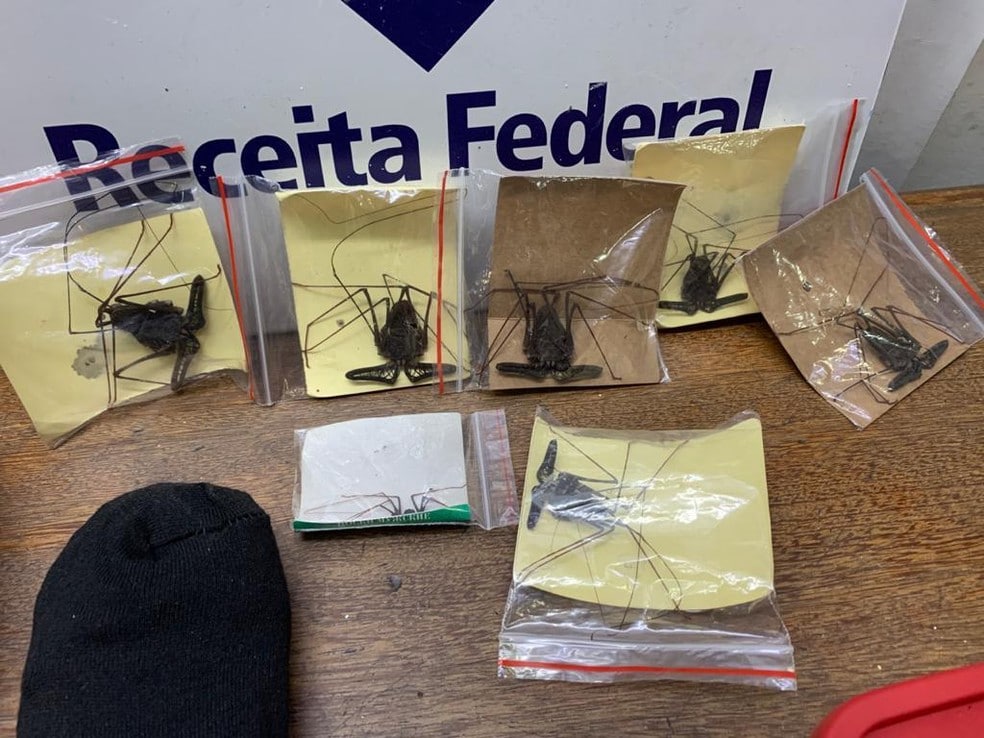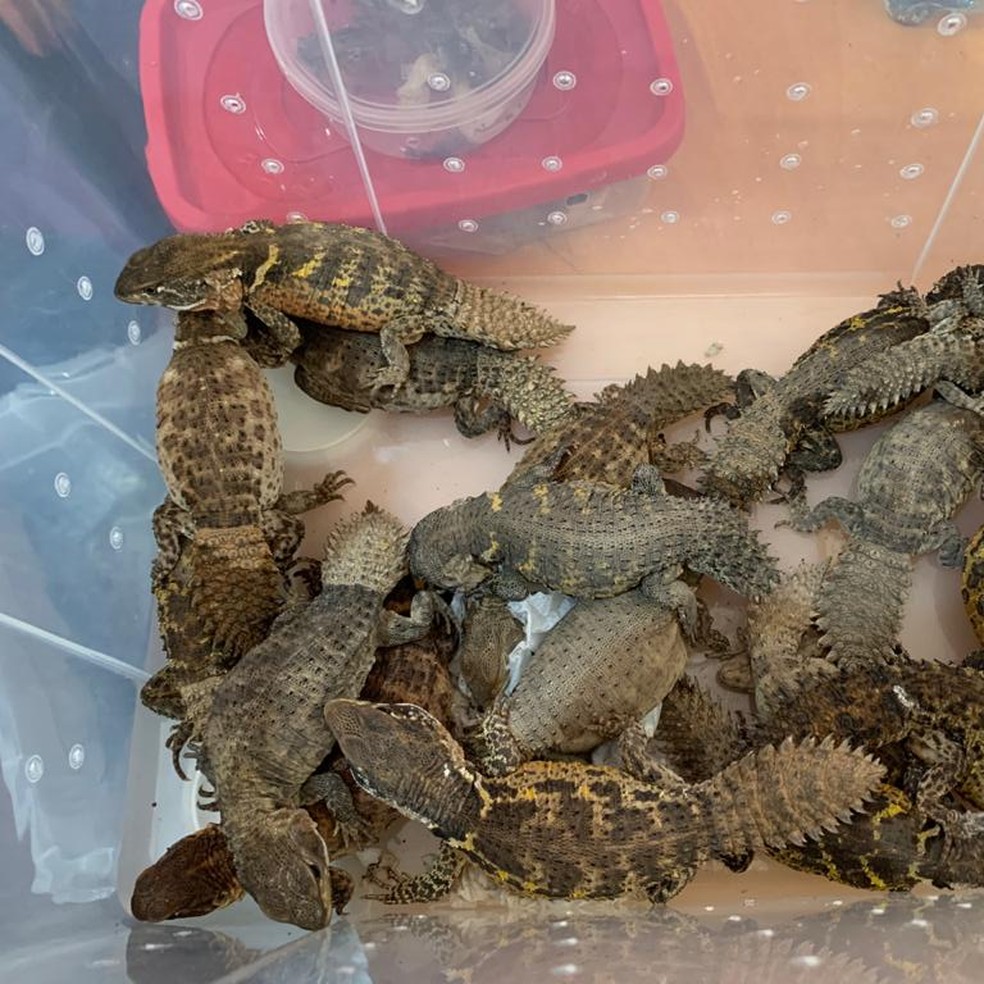There is one crucial quality for any successful wildlife trafficker: tenacity. And Kirill Kravchenko had it in spades. He made two separate attempts, six months apart, to sneak out of Brazil while laden down with hundreds of snakes, spiders, scorpions and more.
A recent investigation on July 20 by Brazilian media, UOL, revealed Kravechenko’s adventures. On January 20, Kravchenko, a 36-year-old Russian citizen, was caught at São Paulo’s Guarulhos airport, with 294 wild animals, including frogs, lizards, snakes, spiders, cockroaches and scorpions. He was set to board a flight to St. Petersburg in Russia.
He had arrived in the country just two weeks earlier and had taken a long trip through the southern and central states of Santa Catarina, Rio Grande do Sul and Mato Grosso. Authorities had tracked him thanks to his rental cars records.
Kravchenko was detained but allowed to go free after having his passport and cell phone confiscated.

SEE ALSO: Social Media Used to Sell Exotic Animals in Brazil
But, as tenacious as he was, Kravchenko was not about to give up. He got himself a new phone and credit cards, loaded himself up with more animals and planned a break for the border. This time, he was headed for Foz do Iguazú, a Brazilian city on the border with Paraguay. He didn’t get very far.
Police had continued to follow him and detained him on June 17 at a hotel in Rio de Janeiro with another 320 creatures in his luggage, including frogs, spiders, lizards, scorpions and beetles.
On July 5, he was charged at a court in São Paulo for attempted animal trafficking and criminal association, among other crimes.
Kravchenko’s wildlife trafficking activities in Brazil date back to 2017 when he was caught in Amsterdam after flying from São Paulo, again with lizards, snakes, frogs and cockroaches in his suitcases.
InSight Crime Analysis
Beyond Kravchenko’s tenacity, it is noteworthy that he specialized in the trafficking of insects, amphibians, reptiles and arachnids. He shied away from the exotic birds and mammals that are the most frequently trafficked species in Brazil.
Insect trafficking has become increasingly attractive, given that collectors worldwide pay up to $60,000 for butterfly species and $1,100 for spiders.
One former researcher with FELCA, a Colombian non-governmental organization fighting animal trafficking, told InSight Crime that exotic frogs could fetch up to 1,000 euros ($1,180) apiece in Europe.
Kravchenko also had a specific niche, sending exotic species to Russia, which has long had a problem with animal trafficking. The country tightened its laws against this criminal economy in 2013, but this largely targeted internal trafficking.
Several trafficking connections have been found between Brazil and Russia, including sending exotic fish by mail.

SEE ALSO: Butterflies, Beetles and Spiders: Costa Rica’s Smaller Eco-trafficking Targets
And Kravchenko likely felt he would be safe from prosecution. It was the scale of his repeated attempts that eventually saw him charged.
An investigation published by Mongabay in 2016 found that wildlife traffickers often get small sentences if judges do not dismiss their cases.
Kravchenko’s case also showed how easy it is to gather animals to be trafficked in Brazil. His modus operandi consisted of traveling to different regions, likely to contact local hunters and poachers. Once they fetched the animals, Kravchenko transported and prepared them to be smuggled himself.
His job may have become easier during the COVID-19 pandemic, as wildlife trafficking has exploded in Brazil, with many people turning to the trade to survive.

